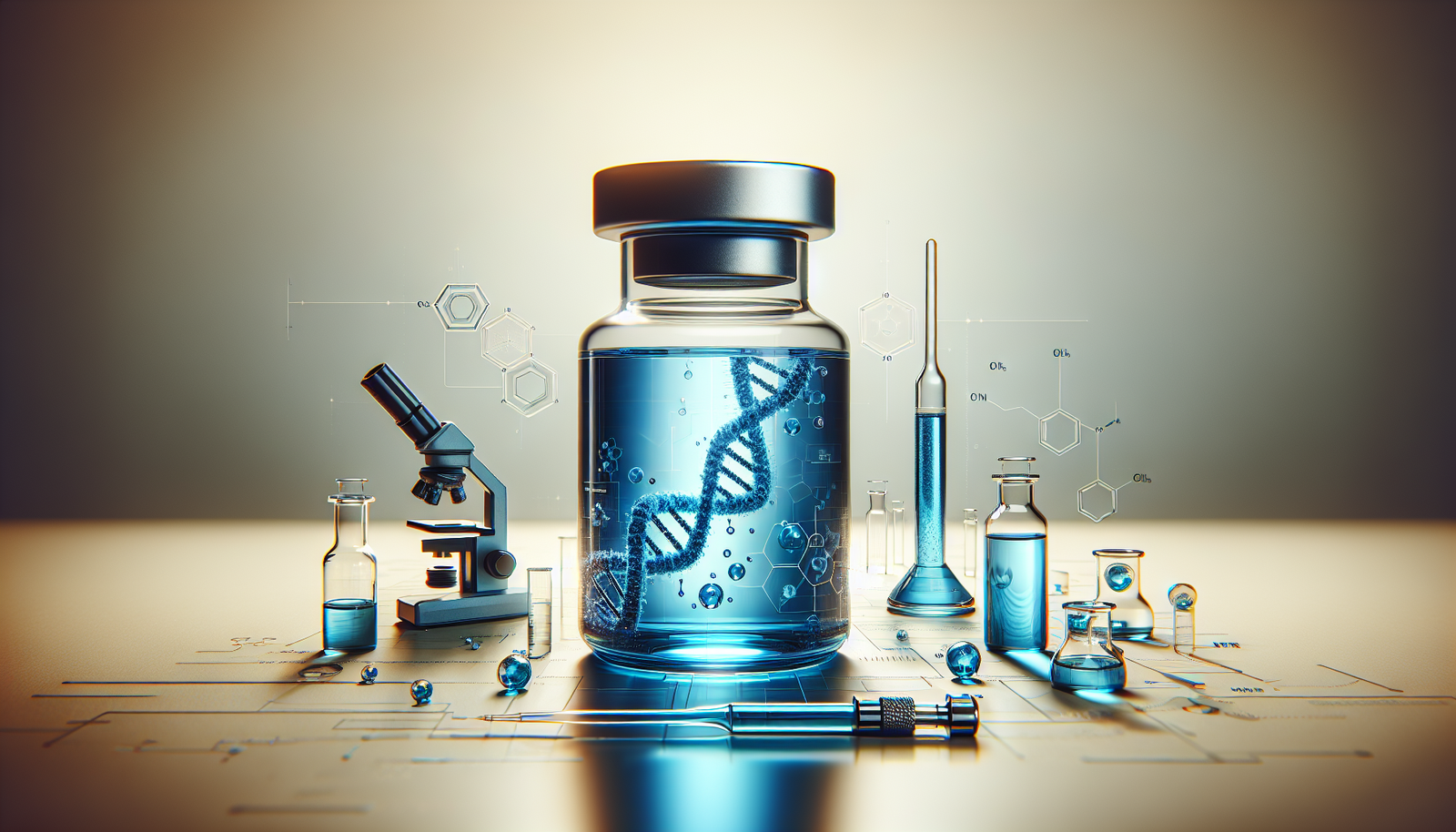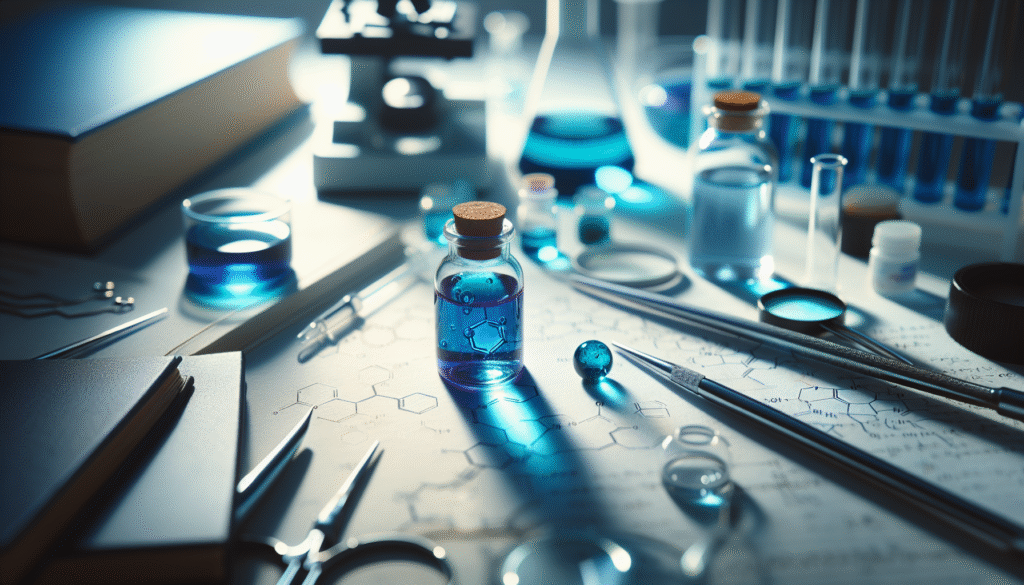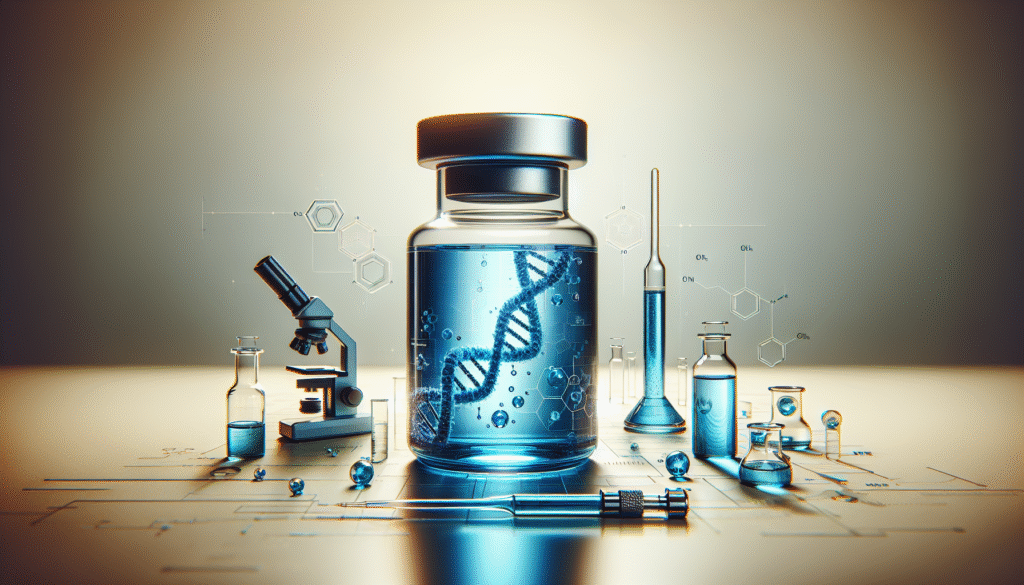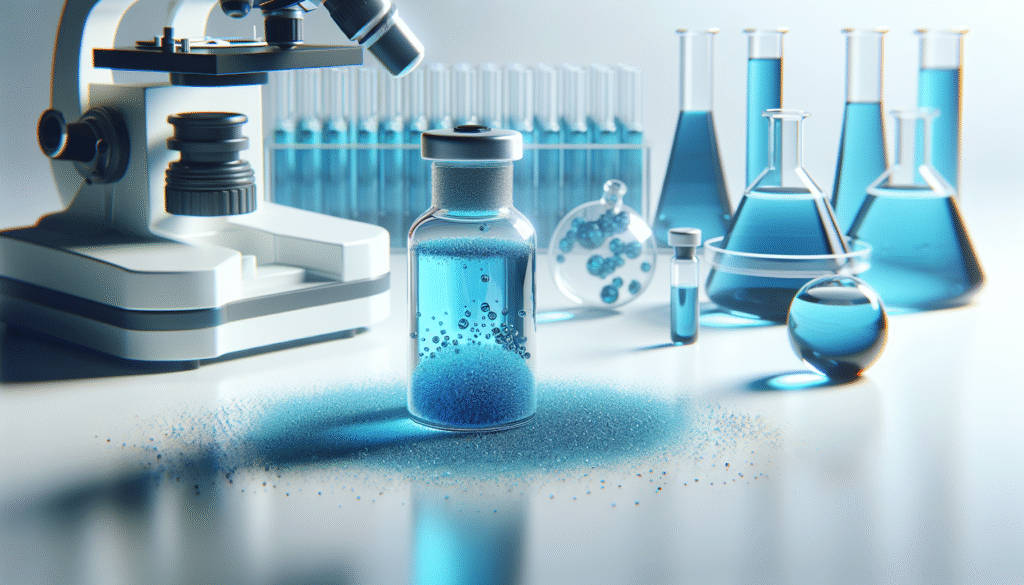
Have you ever wondered about the diverse applications of methylene blue in scientific research and medicine? This compound, often overlooked, plays a significant role across various fields. From its use as a dye to its therapeutic applications, methylene blue has garnered attention for its unique properties and benefits. Below, you will find a comprehensive breakdown of the top ten applications of methylene blue, illustrating its importance in modern science.
1. Historical Context of Methylene Blue
Methylene blue was first synthesized in the 1870s as a dye, but its utility rapidly expanded into various fields. Originally used for staining bacteria, it has since evolved into a multifaceted compound with distinct roles in both laboratory research and clinical settings. Understanding the historical progression of methylene blue can provide insight into its current applications.
The Evolution of Methylene Blue
Initially, methylene blue was utilized primarily in biological staining. Its vivid blue color made it a favorite among microbiologists for differentiating bacterial species. Over time, researchers began to uncover its physiological effects, leading to deeper investigations into its therapeutic potential.
2. Biological Staining and Microscopy
Methylene blue is a cornerstone in biological research due to its effectiveness as a staining agent. Its ability to selectively bind to DNA and RNA makes it invaluable in microscopy.
Applications in Microscopy
When employed in microscopy, methylene blue enhances the visibility of cellular structures in various organisms. Its rapid uptake by living cells allows for real-time observation, crucial for studies focusing on cell morphology, pathology, and organization.
| Application | Description |
|---|---|
| Staining of bacteria | Differentiates among bacterial species |
| Cell viability assays | Indicates live/dead cells through color change |

3. Treatment of Methemoglobinemia
Methylene blue is clinically recognized for its role in treating methemoglobinemia, a condition where hemoglobin is oxidized and unable to effectively release oxygen to body tissues.
Mechanism of Action
As a reducing agent, methylene blue can convert methemoglobin back to its functional form, oxyhemoglobin. The typical dosage for adults is 1-2 mg/kg administered intravenously, effectively reversing the symptoms of this potentially life-threatening condition.
4. Antimicrobial Properties
Recent studies have highlighted methylene blue’s antimicrobial activity against various pathogens, including bacteria and fungi. This characteristic is particularly beneficial in treating infections.
Mechanisms of Antimicrobial Action
Methylene blue disrupts microbial cell function through photodynamic therapy (PDT), a process where light activation generates reactive oxygen species (ROS) that damage cell membranes and vital cellular components. This innovative approach is proving to be effective against resistant strains of bacteria.

5. Potential Role in Neuroprotection
In the realm of neuroscience, methylene blue has emerged as a potential neuroprotective agent. Research indicates that it may improve mitochondrial function and reduce oxidative stress in neurons.
Research Findings
Studies suggest that methylene blue enhances cognitive function and has been shown to protect against neuronal injuries in conditions like Alzheimer’s disease and Parkinson’s disease. Although further clinical trials are necessary, preliminary results are promising.
6. Applications in Photodynamic Therapy
The photodynamic properties of methylene blue also allow for its use in photodynamic therapy (PDT), which harnesses light to activate the drug and target malignant tissues.
Indications for PDT
Methylene blue PDT is primarily used in dermatological applications, particularly for the treatment of skin cancer and precancerous lesions. The combination of light and methylene blue effectively eliminates abnormal cells while sparing healthy tissue.

7. Role in Cellular Respiration Research
Methylene blue has been employed in cellular respiration studies to investigate mitochondrial function and efficiency.
Impact on Research
Through its ability to act as an artificial electron acceptor, methylene blue can help researchers understand the intricate biochemical processes of cellular respiration. This application has significant implications for metabolic disease research and understanding mitochondrial disorders.
8. Use in Analytic Chemistry
In analytic chemistry, methylene blue serves as a redox indicator and is used in various titrations to determine concentrations of different analytes.
Practical Applications
The stability and reliability of methylene blue in titrations make it a preferred choice for determining the concentration of reductants or oxidants in chemical solutions.
| Application | Indicator Type |
|---|---|
| Redox titrations | Redox indicator |
| Concentration determination | Quantitative analysis |

9. Application in Veterinary Medicine
Methylene blue is also used in veterinary medicine, particularly for treating fish diseases, where it helps control fungal infections and parasites.
Benefits and Considerations
Applying methylene blue in aquaculture not only aids in health management but also contributes to maintaining the stability of fish populations. However, careful dosage is essential to prevent toxicity in aquatic species.
10. Future Directions and Research Possibilities
As research continues to elucidate the various properties of methylene blue, the scientific community is enthusiastic about its future applications. With ongoing studies investigating its potential in different diseases and conditions, methylene blue may unveil new therapeutic pathways.
Conclusion: Relevance in Current Scientific Studies
In conclusion, methylene blue exemplifies the intersection of history, chemistry, and biology within scientific advancements. Its broad spectrum of applications—from microscopy to therapeutic uses—represents its multifaceted value. Continued research will likely unveil even more potential benefits, reinforcing the importance of this compound in science and medicine today. You now have a deeper understanding of methylene blue’s capabilities and what future research might hold for this fascinating agent.
